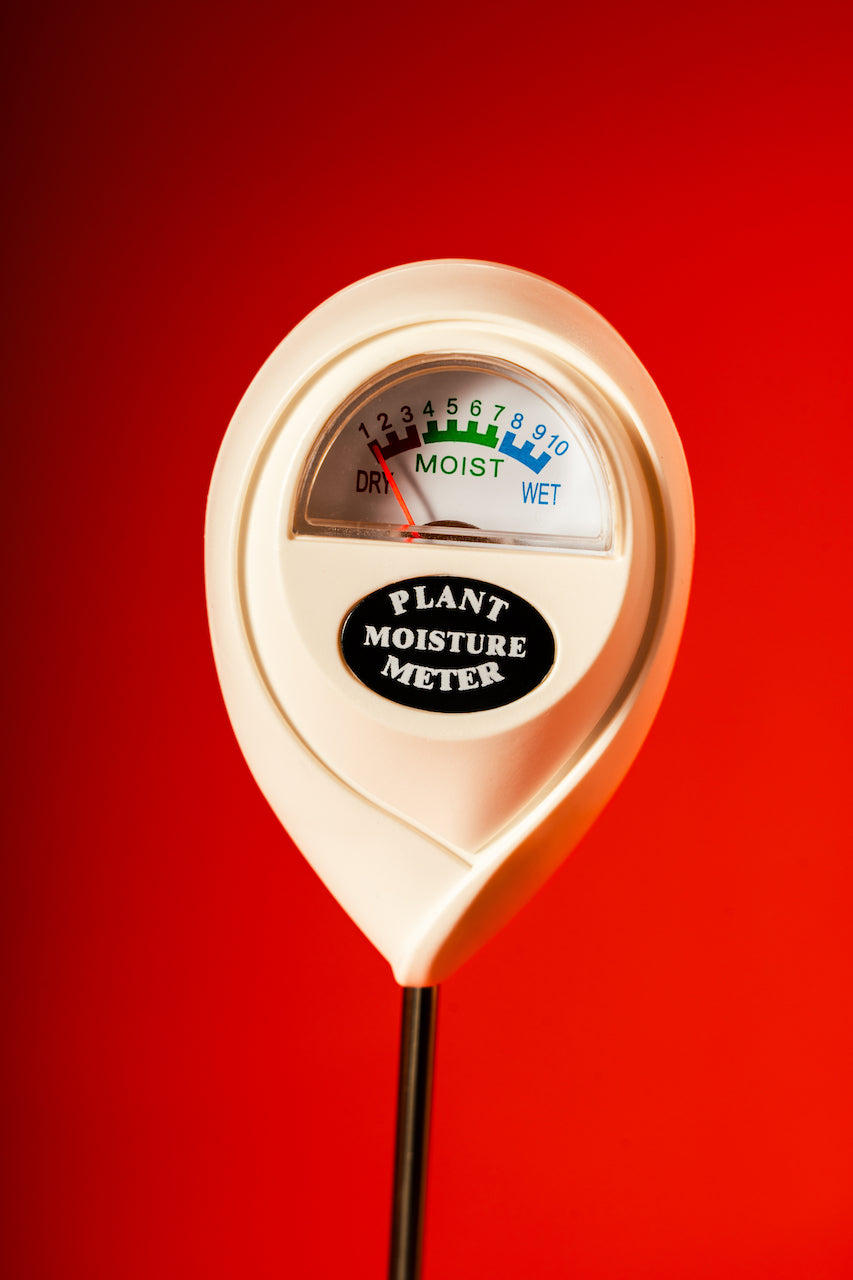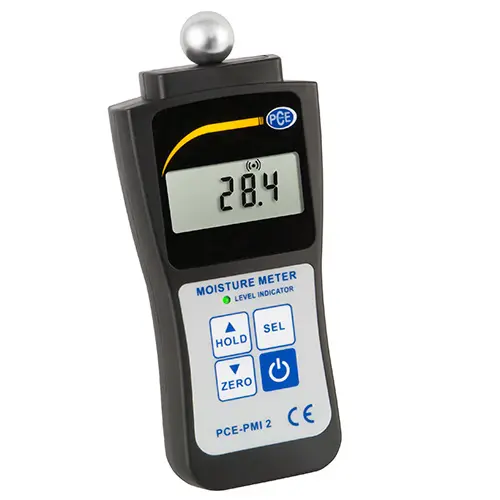Look Into the Globe of Moisture Meters: Everything You Need to Know
In the realm of dampness meters exists a globe of accuracy and practicality that usually goes unnoticed. Recognizing just how moisture meters operate, the different kinds offered, and their diverse usages can drop light on their value in making certain high quality and effectiveness.
Exactly How Moisture Meters Work
Moisture meters operate by gauging the electric conductivity or capacitance of materials to establish the dampness web content present. These meters are important devices throughout different industries, including agriculture, building, and woodworking. By utilizing various techniques such as pinless or pin-type technology, wetness meters give exact analyses that help professionals make informed choices.
Pin-type moisture meters function by putting the sharp pins into the material being tested. The electrical conductivity in between the pins is after that gauged, with greater moisture degrees resulting in increased conductivity. Moisture Meter. On the other hand, pinless dampness meters make use of electro-magnetic signals to check a larger area without triggering any kind of damages to the product's surface area. These meters are excellent for swiftly assessing dampness degrees in huge locations or finished items.
No matter the technique made use of, moisture meters play an important role in protecting against problems such as mold and mildew development, architectural damages, or item defects brought on by excess wetness. Recognizing exactly how these meters work is essential for ensuring the top quality and honesty of products in various applications.
Types of Moisture Meters
Offered the vital role dampness meters play in numerous markets, it is vital to understand the different kinds available to experts for precisely evaluating moisture levels - Moisture Meter. There are mostly two primary kinds of dampness meters: pinless and pin-type dampness meters

On the other hand, pinless dampness meters utilize electro-magnetic sensing unit plates to scan a bigger area of the product without triggering any damages. This kind appropriates for rapidly scanning big areas and is frequently made use of for flooring, wall surfaces, and ceilings. Pinless meters are practical for taking analyses on completed surfaces without leaving any type of visible marks.
Both sorts of moisture meters have their benefits and are picked based on the specific demands of the task available. Recognizing the distinctions between these types is critical for specialists to make precise dampness assessments.
Applications Throughout Industries
Building experts depend on dampness meters to examine the wetness levels in structure materials like concrete, drywall, and timber, which is important for maintaining architectural stability and protecting against concerns like rot or mold and mildew. The floor covering industry utilizes moisture meters to measure the moisture material in subfloors prior to installing different floor treatments, protecting against costly problems due to excess dampness. In the food industry, wetness meters are used to keep an eye on and control moisture degrees in items such as grains, nuts, and dried out fruits to maintain freshness and top quality.
Tips for Utilizing Dampness Meters
When determining the dampness material in numerous products,Utilize the dampness meter's calibration settings to ensure precise readings. Calibration is critical for the proper performance of a moisture meter. Prior to each usage, it is a good idea to check and readjust the calibration setups according to the certain material being tested. Additionally, make certain the meter is readied to the right dampness range for the product you are measuring to acquire one of the most precise outcomes.
When making use of a pin-type dampness meter, place the pins to the proper deepness suggested for the material being checked. This makes sure that the wetness readings are extracted from the correct deepness within the product, providing a more accurate depiction of its moisture content. For pinless dampness meters, remember to preserve appropriate call with the material's surface to get reliable readings.
Consistently check and replace the batteries in your moisture meter to protect against unreliable analyses as a result of low power. Shop the meter in a safe and dry location when not in use to extend its lifespan and maintain its precision. By complying with these ideas, you can make best use of the performance of your moisture meter and get precise wetness material dimensions throughout different products.
Maintenance and Calibration
To guarantee the precision of moisture web content dimensions, regular upkeep and calibration of the wetness meter are important steps in its appropriate functioning. Calibration changes the dampness meter click now to make certain that it supplies consistent and reputable results.
Calibration should be executed regularly, particularly if the dampness meter is utilized frequently or in essential applications where exact dimensions are needed. By why not try here maintaining and adjusting the moisture meter regularly, individuals can rely on the precision of the dampness web content dimensions acquired.
Final Thought

Finally, wetness meters play a crucial role in numerous markets by precisely gauging the wetness material of materials. Comprehending exactly how these devices work, the different types readily available, and proper upkeep and calibration are crucial for acquiring trusted outcomes. Whether in manufacturing, building, or farming, making use of wetness meters assists ensure quality assurance and effectiveness in procedures.

In conclusion, dampness meters play a crucial duty in different industries by precisely measuring the moisture content of materials.